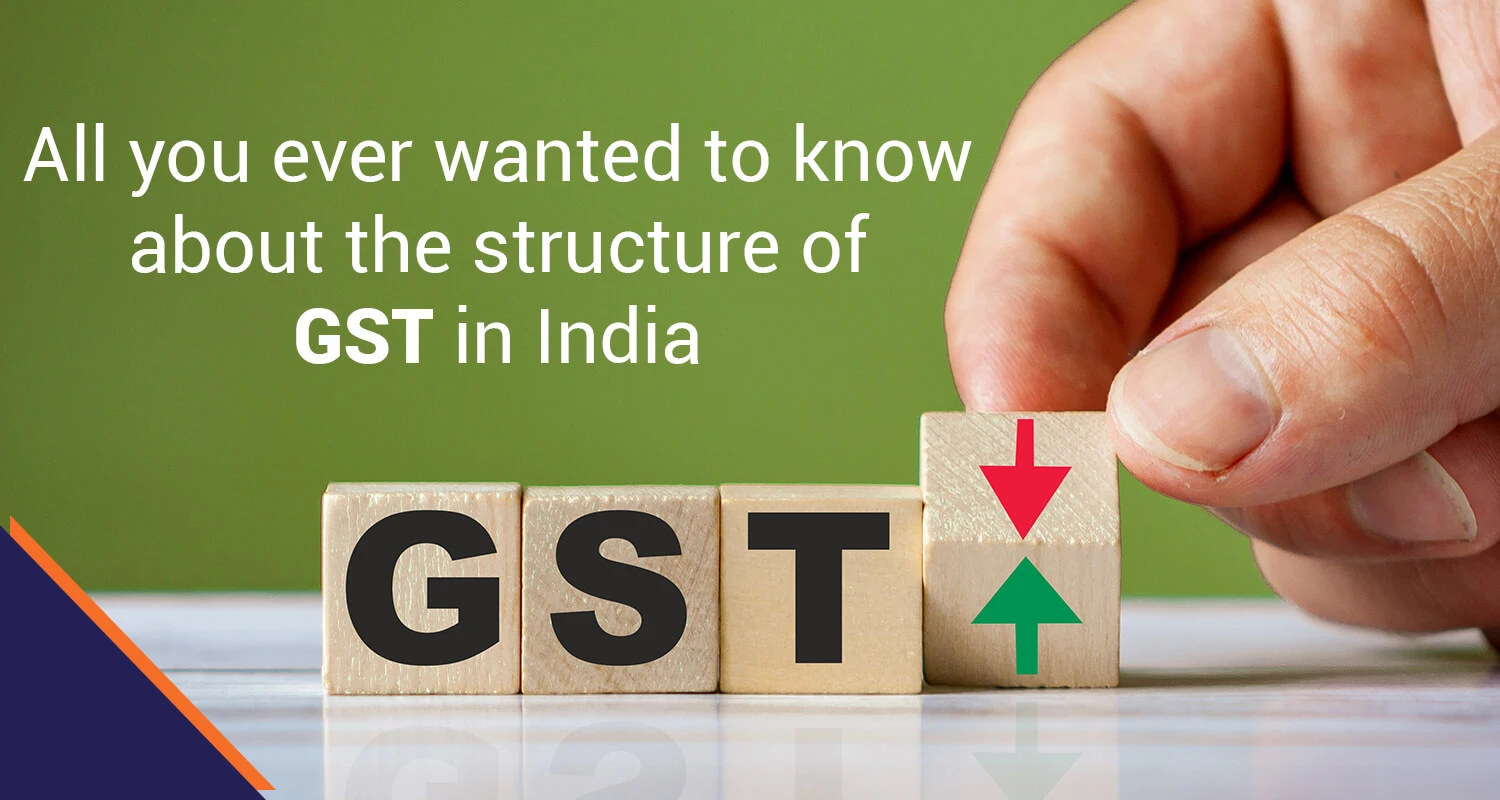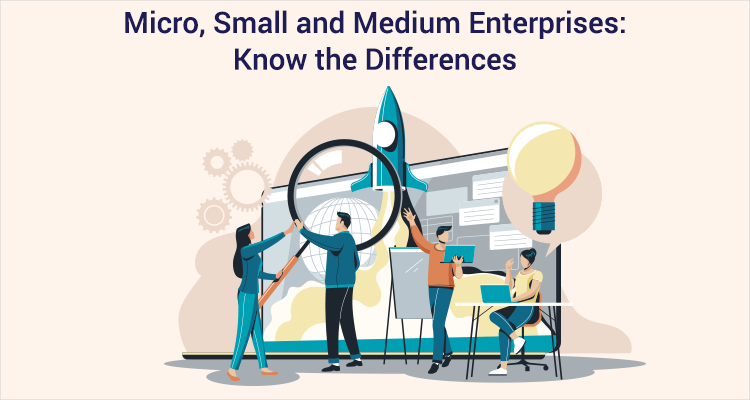Structure of GST in India: Four-Tier GST Tax Structure Breakdown

What is the Goods and Services Tax (GST)?
The Goods and Services Tax is primarily an indirect tax introduced by the Indian Government to replace a wide range of direct and indirect taxes, namely Value Added Tax (VAT), excise duty, service tax, etc.;
GST applies when goods and services are furnished. Unlike the previous system, which had multiple taxes, GST simplifies things by having a single tax structure for the entire country, with oversight from the GST Council.
What are the objectives of GST?
- To have a Unified Tax Regime for the Country
Every state in India is expected to follow a similar GST rate structure for the same products and services. This helps the Central Government control taxes, thereby enabling much easier decision-making in terms of rates and policies.
- To Include all Major Tax Rates in India
Earlier, India followed a system with many indirect taxes, namely Central Excise, VAT (Value Added Tax), and so on, that were applied at various supply chain levels. Moreover, these taxes were governed by the respective state as well as the Centre. To eliminate the complexity, the simplified GST was introduced.
- To Eliminate Cases of Tax Evasion
As GST is a single taxation system across the country, it becomes easier for the government to monitor and catch defaulters more quickly and efficiently.
- To Enlarge the Base of Taxpayers
Before the introduction of GST, every registration had to be registered under each and every tax law, which were required to have a different ending limit based on the business's overall value. But now, a single integrated tax system is levied on goods and services. This has led to an increase in businesses registered under tax statutes.
Sapna aapka. Business Loan Humara.
Apply NowWhat is the Structure of GST in India?
The structure of GST is made up of three taxes which are levied under different conditions:
Central Goods and Services Tax: Also known as CGST, it is appropriated by the Union Government of India across all states.
For example, a trade and commerce exchange is taking place within the state limits of Kerala.
State Goods and Services Tax: SGST is appropriated by the individual state government on a state-to-state sale basis.
For example, a transaction taking place in Maharashtra.
Integrated Goods and Services Tax: IGST is usually collected by the Union Government for sales between any two states.
For example, whenever a trade transaction happens from Gujarat to Goa.
What is the 4-tier GST Tax Structure?
India's GST system uses a 4-tier tax structure in order to categorize goods and services being offered across the country. Lets break it down to a simplified version:
Essentials First (0%):
This bracket includes basic necessities that we use in our daily lives, such as food grains and vegetables. Human blood is also exempt from GST.
Everyday Items (5%):
Common goods like tea, coffee, and economy travel tickets usually fall under this tax bracket.
Standard Rates (12% to 18%):
Most goods and services (dairy products, electronics, etc.) are taxed at either 12% or 18%, depending on the particular category. This ensures a balance between inflation and tax revenue.
Luxury Goods (28%): High-value items like cars, electronics, and aerated drinks face the highest tax rate of 28%. However GST on gold in india is 3%
In simple words, this tiered structure ensures that essential items remain affordable while generating revenue from luxury goods.
Conclusion
The Goods and Services Tax (GST) has been nothing short of a game-changer in India's taxation system. It has simplified compliance for businesses and created a unified national market. Understanding the nitty gritty of GST can be a little complicated at times, but the basic structure revolves around a single tax applied at different rates depending on the good or service. The reason behind having a tiered approach is to ensure that essential items stay affordable for consumers while revenue can be constantly generated from luxury goods. As India continues to progress towards a developing economy, the GST system will undoubtedly play a crucial role in propelling growth and creating a more transparent tax environment.
FAQs
Q1. What are the different types of GST?
Ans. There are three main types of GST:
- i) Central Goods and Services Tax (CGST): Levied by the central government on intra-state sales (within a state).
- ii) State Goods and Services Tax (SGST): Levied by the state government on intra-state sales.
iii) Integrated Goods and Services Tax (IGST): Levied on inter-state sales (between states).
Q2. What are the different GST tax rates?
Ans. India's GST system uses a four-tier tax structure:
- 0%: Essential items like food grains and vegetables.
- 5%: Common goods like tea, coffee, and economy travel tickets.
- 12% & 18%: Most goods and services (dairy products, electronics, etc.)
- 28%: Luxury items like cars, electronics, and aerated drinks.
Q3. How does GST benefit a consumer?
Ans. GST can benefit consumers by:
- Lowering prices of goods and services by reducing cascading taxes
- Enabling a simplified tax system. A unified tax structure can be easier for businesses to handle compliance, thus leading to cost savings that can be eventually passed on to consumers.
- Increasing transparency. GST invoices clearly show the tax amount, promoting fairer pricing practices.
Sapna aapka. Business Loan Humara.
Apply NowDisclaimer : The information in this blog is for general purposes only and may change without notice. It does not constitute legal, tax, or financial advice. Readers should seek professional guidance and make decisions at their own discretion. IIFL Finance is not liable for any reliance on this content. Read more



